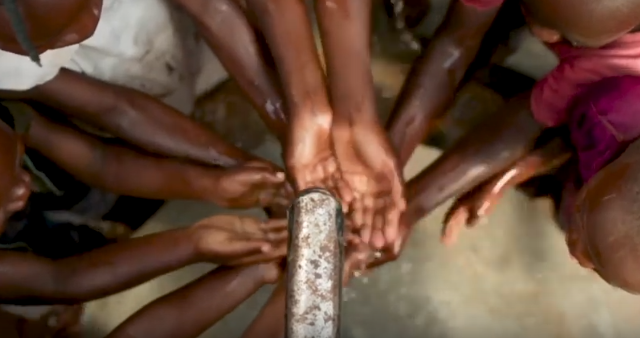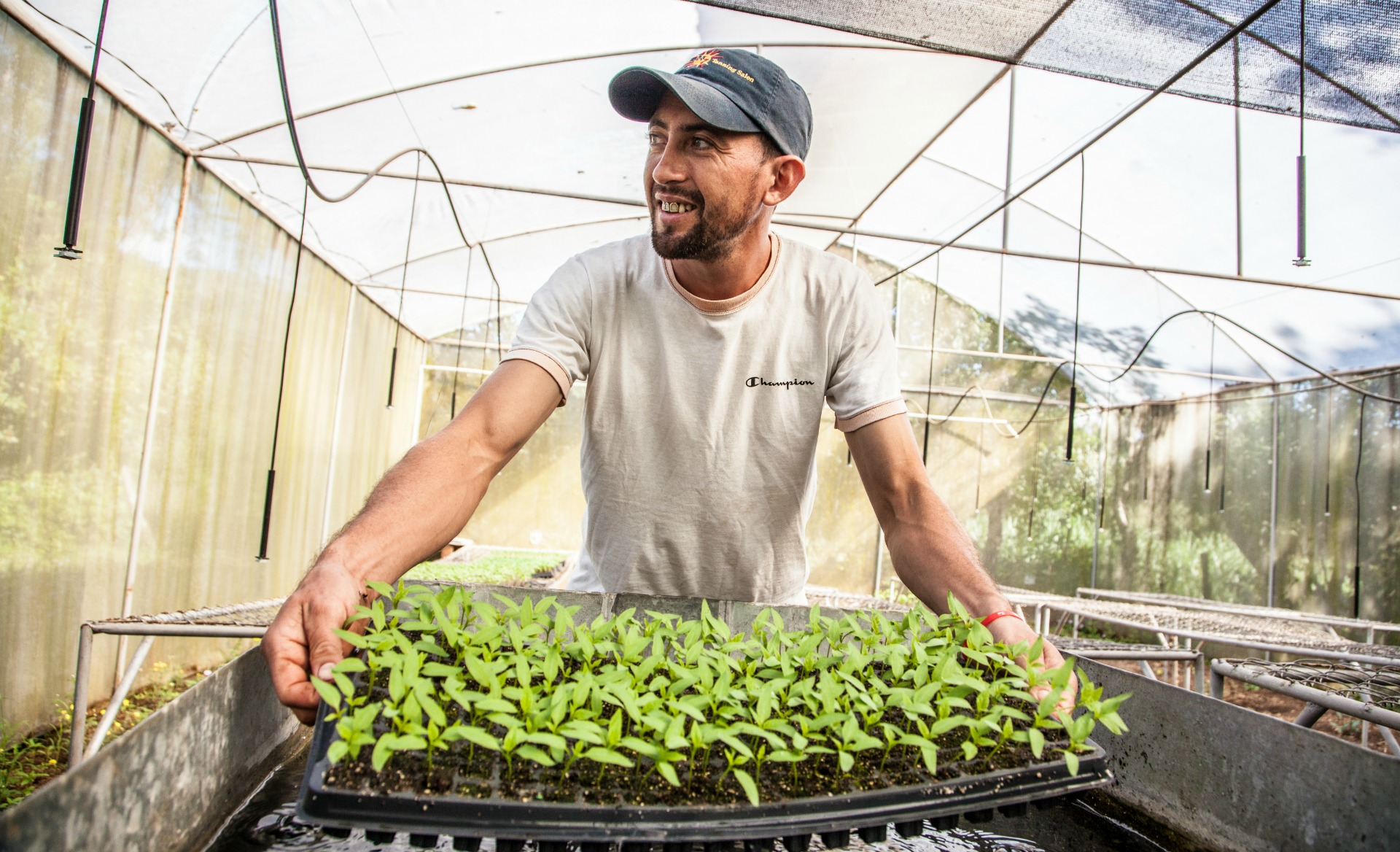Almost 100,000 Latin Americans with Improved Access to Water, Sanitation, and Hygiene
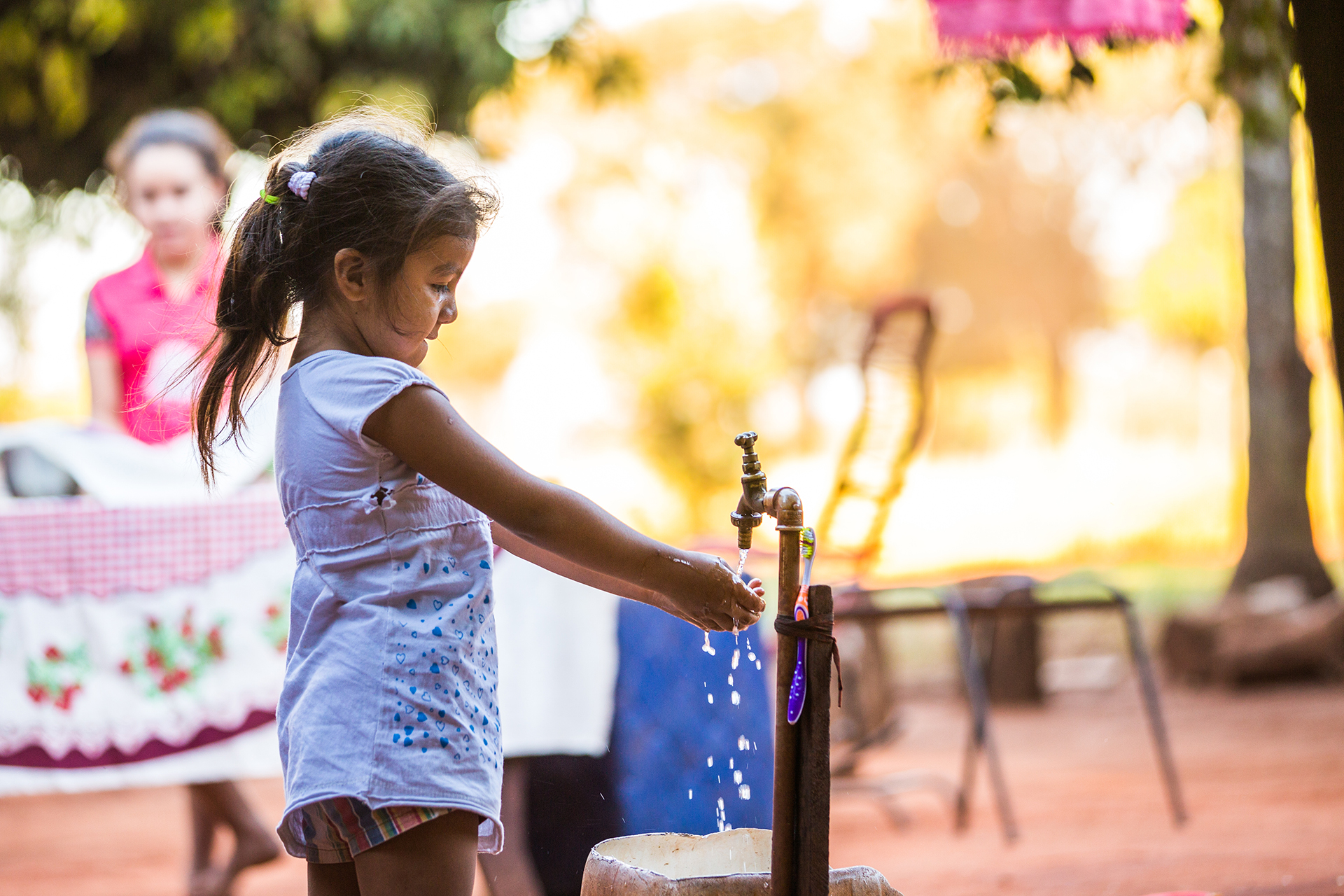
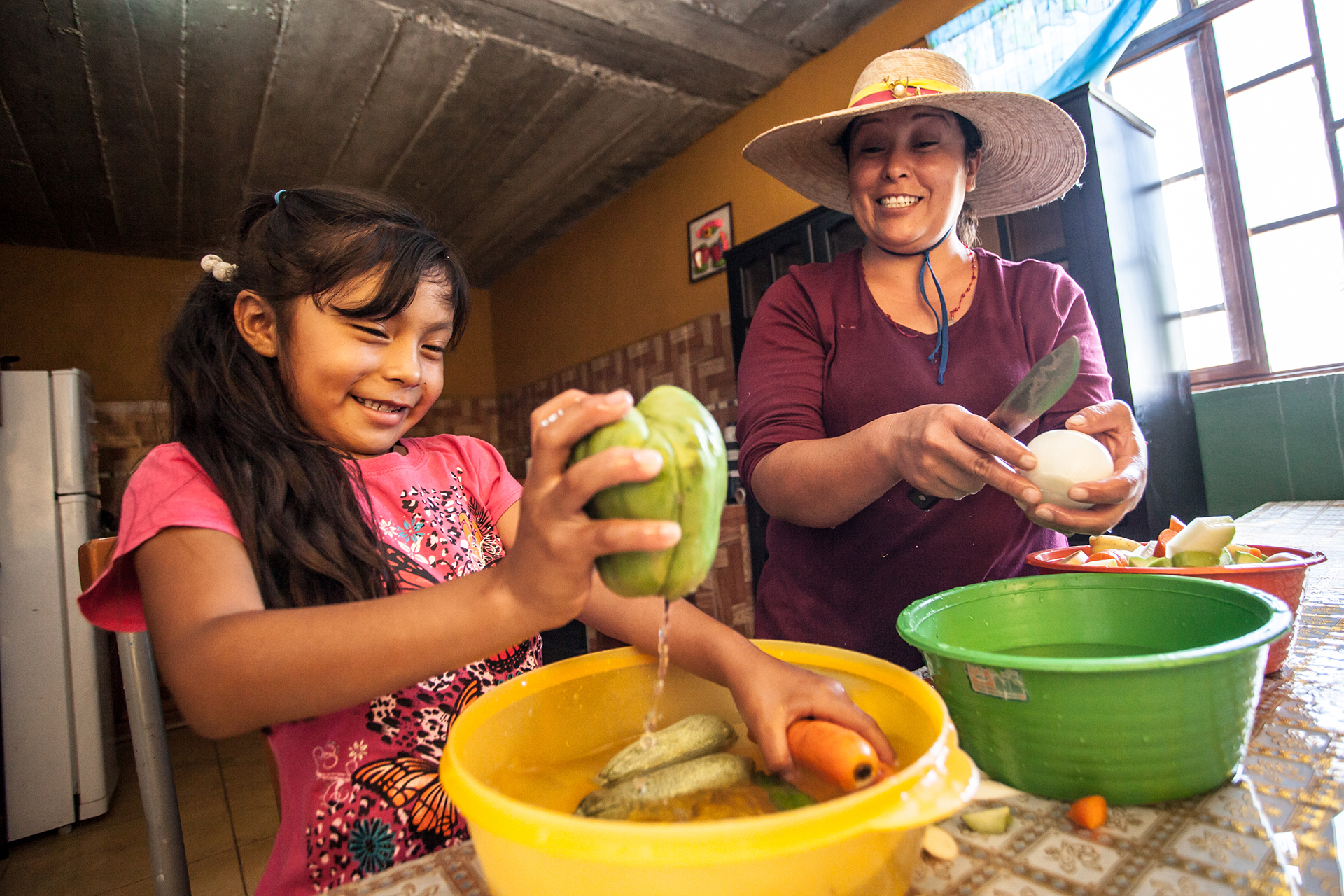
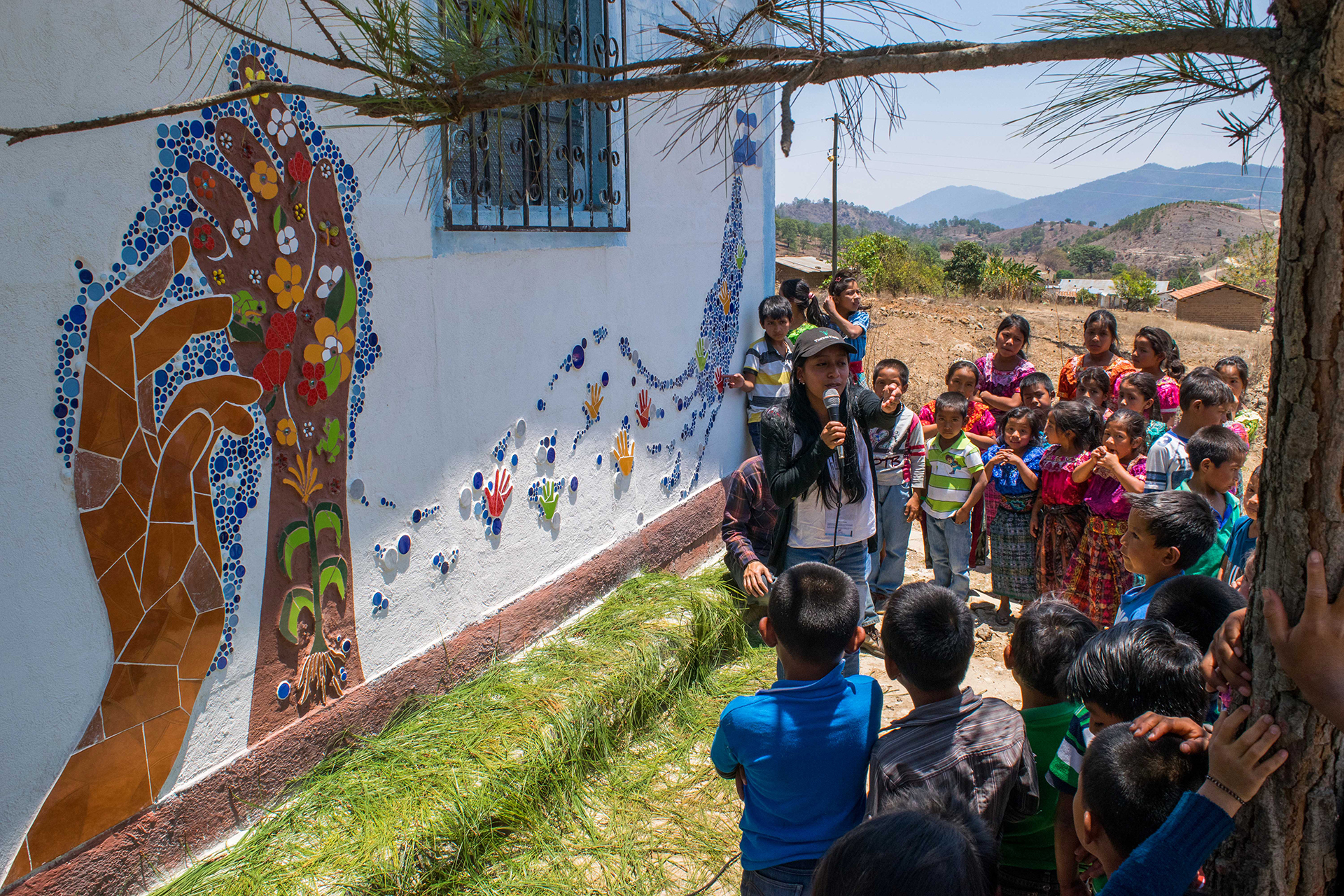




Inhabitants of the Department of San Pedro, Paraguay, will benefit from the Y Kuaa project, of Lazos de Agua. Photo: One Drop / Terry Hughes

Inhabitants of the Department of San Pedro, Paraguay, will benefit from the Y Kuaa project, of Lazos de Agua. Photo: One Drop / Terry Hughes

Thanks to Lazos de Agua, the participants of the Guanajuato Project have access to safe water. Photo: One Drop / Terry Hughes.

Part of the SABC interventions of the Quiché Project, children and adults participate in the creation and production of murals that generate reflection processes centered on water, sanitation, and hygiene.
Lazos de Agua Program
More than 98,000 inhabitants from the rural and peri-urban communities of Colombia, Guatemala, Mexico, Nicaragua, and Paraguay get improved access to water, sanitation, and hygiene (WASH), thanks to the infrastructure built or rehabilitated within the framework of the Lazos de Agua Program, an initiative of the Inter-American Development Bank, The Coca-Cola Foundation, Fundación FEMSA, and One Drop. More than 71,000 of these people have also participated in Social Art for Behaviour ChangeTM (SABC) activities, which increase the sustainability of both the infrastructure and the impact of the projects. SABC activities include participatory creation and reflection processes through artistic performances (theatre, radio soap opera, videoclips, etc.), workshops, murals, and more.
The figures recently released by the Program up to December 31, 2019, also showed an increase in the practice of the behaviours addressed by the SABC interventions. This increase takes into account the present situation of the communities where Lazos de Agua takes place and the one presented at the very beginning of the projects. Today, 13% more people wash their hands at key moments, 34% more pay the water service fee—already surpassing the final target of the Program, 9% more people treat the drinking water at home, and 12% more safely store water at home.
Thanks to its integral model of implementation, the A.B.C for SustainabilityTM, Lazos de Agua generates long-term impact. The Program combines infrastructure, SABC interventions, and strengthening of the WASH value chain, and promotes the participation of communities, governments, and other stakeholders.
“Halfway through implementation, we have reached almost 100,000 of the 200,000 people that are to benefit from the WASH infrastructure. Since access to it alone will not guarantee the health benefits and expected development, Lazos de Agua also works in behaviour change and in facilitating access to a reinforced WASH product market. This is essential to ensuring that the benefits provided by the infrastructure are maintained.”
In terms of the total number of people in each project who have benefited both from infrastructure and SABC activities as of December 2019: Quiché, in Guatemala, reported more than 31,000 participants; Guanajuato, in Mexico, almost 21,300; Kuaa, in Paraguay, more than 8,500; Nicaragua Rural, more than 6,400; and ConvidArte, in Colombia, almost 4,300. Discover every project from the Lazos the Agua Program.
Lazos de Agua Contributes to the Achievement of the Sustainable Development Goal (SDG) 6
After comparing results of the household surveys carried out in the communities where Lazos de Agua takes place (collected at the beginning of the Program and during the second half of 2019), progress was observed in the availability and/or quality of the drinking water services: around 37% more people now use drinking water from an improved source located on the premises, available when needed and/or free of fecal contamination. This progress was particularly evident in Guatemala (54%), Paraguay (40%), and Mexico (39%).
In terms of goal 6.2 of the SDG 6, focused on sanitation and hygiene services, monitoring of the Program showed an increase, from 48% to 62%, in the proportion of people accessing safely managed sanitation services, i.e. improved facilities that are not shared with other households and where excreta are safely disposed of in situ or transported and treated off-site.
In addition, Lazos de Agua contributes to the reduction of poverty (SDG 1) in Latin America and, insofar as schools and health care facilities are included in some of its interventions, it has also contributed to the increase in the region of both health and welfare (SDG 3) and quality education (SDG 4).
By 2022, Lazos de Agua will have improved access to water and/or sanitation infrastructures and hygiene services for approximately 200,000 people in Latin America, of which 160,000 will also have participated in SABC activities.
